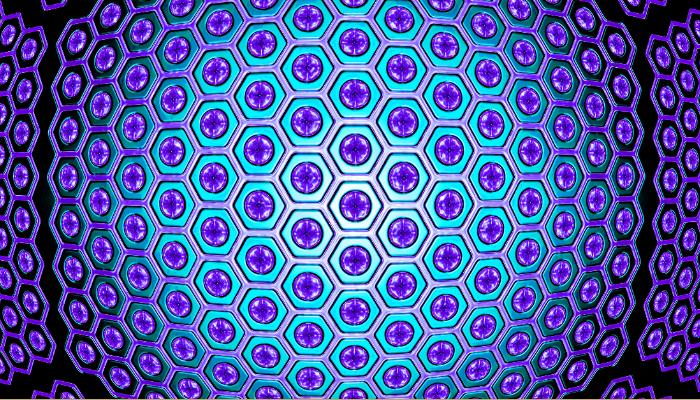Genevieve Pugh, Partner, Patent Attorney, Mewburn Ellis LLP, writes:
Since the development and isolation of graphene by researchers at Manchester University in 2004, the “2D miracle material” has been put to use in everything from airplanes to anti-corrosive paints, from batteries to body armour (read our earlier blogs Graphene: a new '2D' world and Advanced materials: game-changing graphene). Unsurprisingly, the wonder material is now being put to work in the global fight against COVID-19.
Graphene has been investigated in various biosensor set-ups, including nucleic acid sequencing devices (see the paper Graphene nanodevices for DNA sequencing published in the journal Nature) and diagnostic devices for the monitoring and treatment of HIV (see Graphene-info). Recently, Korean researchers have developed a graphene-based FET biosensor which can detect the SARS-CoV-2 spike protein (the protein on the surface of the COVID-19 virus) from patients’ swabs in less than a minute (see Graphene-info).
However, one key issue in the fight against COVID-19 is maintaining a supply of high quality protective equipment such as masks, gloves and gowns for medical staff.
Among graphene’s myriad of useful properties is its antimicrobial activity attributed, among other reasons, to graphene’s ability to perturb membranes. Several teams have taken advantage of graphene’s antimicrobial, antistatic and electrically conductive properties to develop face masks which can be re-sterilised and, importantly, reused.
For example, IDEATI have developed a cotton fabric facemask with a coating containing both graphene and other carbon nanomaterials. The coating on the mask has been shown to reduce levels of Staphylococcus aureus bacteria by 99.95% within a 24 hour period. The graphene coating also repels dust and is effective against airborne particles of less than 2.5 microns in diameter. The mask can be washed and reused up to 10 times without losing its antibacterial or antistatic properties. The product has currently only been shown to be effective against bacteria. However, IDEATI are currently evaluating the masks antiviral properties (see Graphene-info).
An innovative approach to PPE
Taking a slightly different approach, LIGC Applications have recently launched a graphene-based respirator mask which claims to compete with gold standard N95 respirator masks. N95 respirator masks are used by medical staff as part of their PPE (personal protective gear) and can block 95% of particles over 0.3 microns. However, the COVID-19 virus is approximately 0.2 microns in diameter and can still be transmitted in tiny water droplets of less than 0.3 microns in size (see Graphene-info).
LIGC Applications’ “Guardian G-Volt” mask is allegedly 99% efficient against particles over 0.3 microns, as well as being 80% efficient against anything smaller. The mask has an electrically embedded graphene filtration system formed from laser-induced graphene, a microporous foam which is conductive and can trap pathogens.
The mask, powered by a portable battery pack which is plugged into the mask via a USB port, works by applying a low level electric charge to the surface to sterilise it and repel particles trapped in its graphene filter. The mask also has an LED light which alerts the user when the mask needs to be replaced. N95 masks must be disposed of once they become damp, however, the Guardian G-Volt can be heated and sterilised in a home docking system, which allows the mask to be safely reused.
Of course, wearing a mask alone will not give absolute protection against pathogens, such as the COVID-19 virus. But these advances illustrate that there are a plethora properties of graphene which can be utilised in different ways to achieve a common goal.
Genevieve Pugh is a trainee patent attorney in our chemistry team. Genevieve has a degree in Chemistry with research abroad (Msci) from Imperial College London. Her PhD is in Chemistry from University College London. Her doctoral research focused on the development of DNA origami nanopores for use in biosensing devices.
To read more commentary from Genevieve on this and other related topics you can sign up to our News and Insights.
